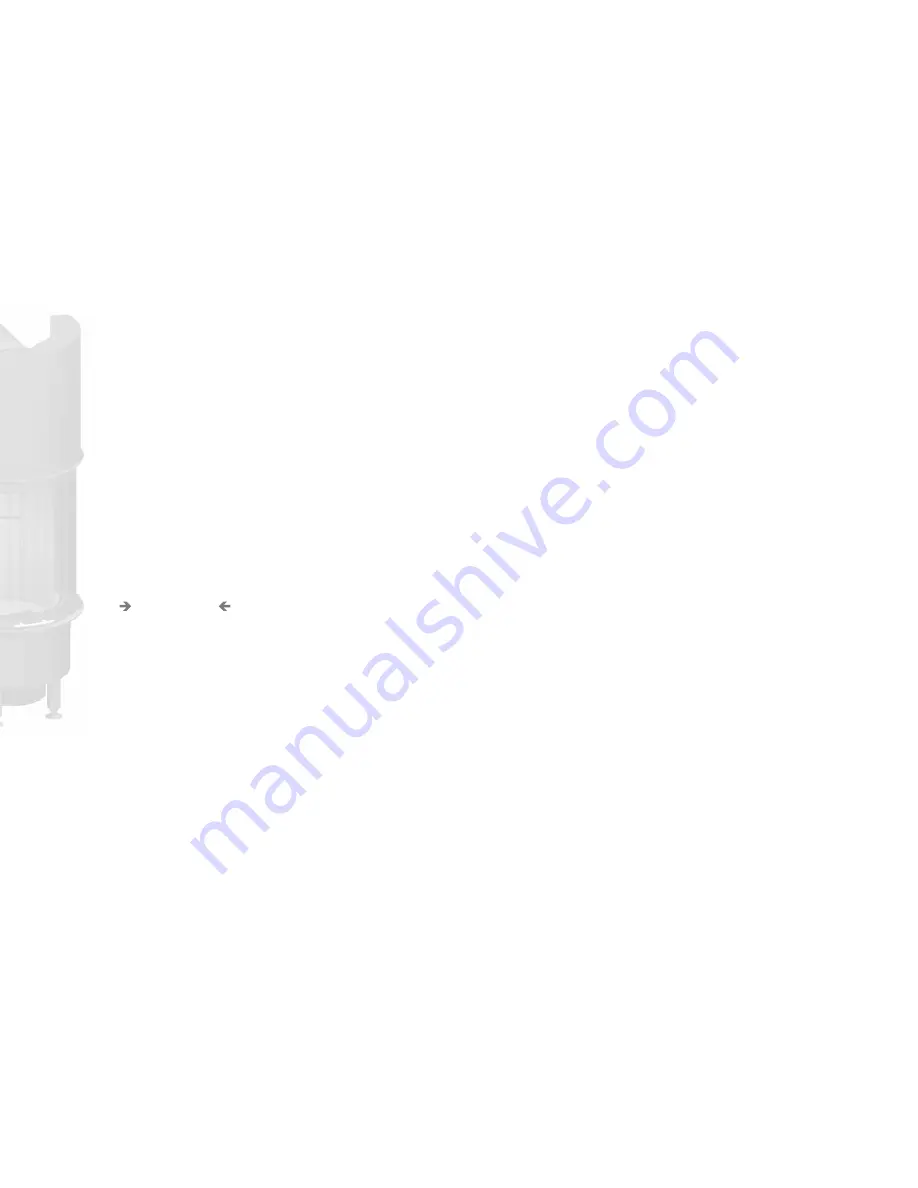
GB
4
place any mounting parts in the combustion chamber, flue or vent if these
parts are not approved by SPARTHERM. Without express permission, any
modification or change in the fireplace will render the guarantee and oper-
ating permit invalid.
Exhaust hoods, ventilation systems, etc. that are installed in the same room
or ambient air network as fireplaces may adversely affect the functioning
of the fireplace insert (including allowing smoke to escape into a room) and
require suitable measures before they can be operated at the same time as
the fireplace.
If several fireplaces are being operated in a room or an ambient air network,
make sure that the combustion air supply is adequate.
This is a fireplace for temporary fires. The fireplace can only be used for
heating by repeatedly adding wood to it and not removing the combustion
air.
TRANSPORT DAMAGE: Inspect this product upon delivery (visual check). Be
sure to note any damage on the delivery slip. Then inform your fireplace
fitter. Protect the viewing pane of your fireplace insert against dirt and
damage while the facing is being installed.
The TECHNICAL SPECIFICATIONS for your fireplace insert start on page 15.
1.1. CERTIFIED QUALITY
OUR FIREPLACE INSERTS HAVE BEEN TYPE-TESTED AND LABELLED AS PER
DIN EN 13229. DECLARATION OF PERFORMANCE MAY BE VIEWED AND IS
AVAILABLE FROM WWW.SPARTHERM.COM
1. GENERAL NOTES
These installation instructions comply with the specifications in DIN EN
13229 „Fireplaces for Solid Fuel.“
You must also comply with national and regional specifications, standards,
installation methods, and materials. Our fireplace inserts are for temporary
fires and not for permanent heating. This means that the fire will burn as
long as wood continues to be added to it. Of course our fireplace inserts are
subject to our company quality criteria – from incoming shipment inspection
to shipment release.
Young children, older or infirm adults:
As with all heaters, it makes sense to set up a protective device for this
group of people because the viewing pane and the facing panels of the
fireplace unit can become extremely hot.
Risk of burning!
Never leave this group of people near an active or recently extinguished
fireplace insert without supervision. Inform this group of people that the
fireplace insert is a source of potential danger.
Do not place or lay any combustible objects on the exposed surfaces of
the fireplace unit. Do not place any pieces of clothing on the installation‘s
heating tiles in order to dry them. Set up a laundry rack for drying clothing
outside the area of radiation only!
The burning process releases heat energy that leads to the fireplace unit
(surfaces, door handles and operating knobs, viewing pane, etc.). Do not
touch or operate the active fireplace unit without suitable protection (e.g.
the heat-resistant glove included).
Do not make any modifications to the fireplace insert. In particular, do not
Summary of Contents for Arte 1Vh
Page 1: ...Installation Instructions Fireplace Inserts ...
Page 27: ...GB 27 NOTES GB ...
Page 28: ...GB 28 NOTES ...





































